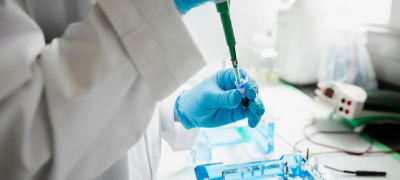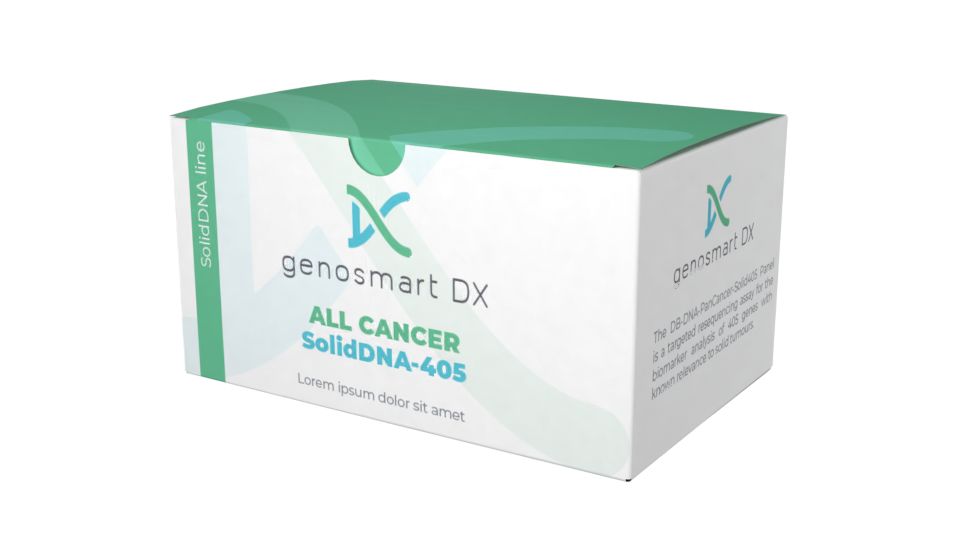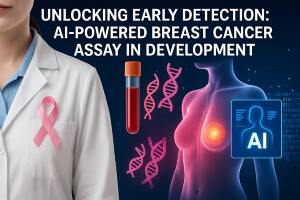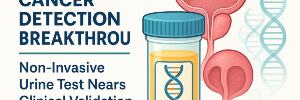Unlocking Early Detection: AI-Powered Breast Cancer Assay in Development
A promising research initiative aims to develop a combined circulating nucleic acid assay to detect early signs of tumor invasion in patients with malignant breast carcinoma. Using next-generation sequencing, the study identifies significantly altered RNA and DNA targets in peripheral blood linked to invasiveness. The developed assay will utilize AI to generate an oncoindicative score, providing a precise measure of cancer risk and progression. This approach leverages circulating RNA markers as non-invasive tools for early detection and monitoring of invasive breast carcinoma, enabling early intervention and personalized treatment strategies.
Prostate Cancer Detection Breakthrough: Non-Invasive Urine Test Nears Clinical Validation
We are thrilled to announce that the development of our non-invasive urine test for early prostate cancer detection is nearing the completion of clinical validation. This innovative assay identifies prostate tumor-specific genetic abnormalities with high sensitivity, offering a simple and accurate method for detecting cancer biomarkers directly from urine samples. Importantly, the test eliminates the need for invasive procedures like prostate massage, enhancing patient comfort and accessibility. With clinical validation close to completion, this tool is set to revolutionize prostate cancer diagnostics by enabling early intervention and improving treatment outcomes. Stay tuned for further updates as we prepare for its integration into clinical practice!
European Life Technologies has officially introduced itself to the Asian market, where our developments in bioinformatics and liquid biopsy have already generated strong professional interest. Our delegation participated in high-level ministerial meetings, engaging in successful discussions with key strategic partners.










